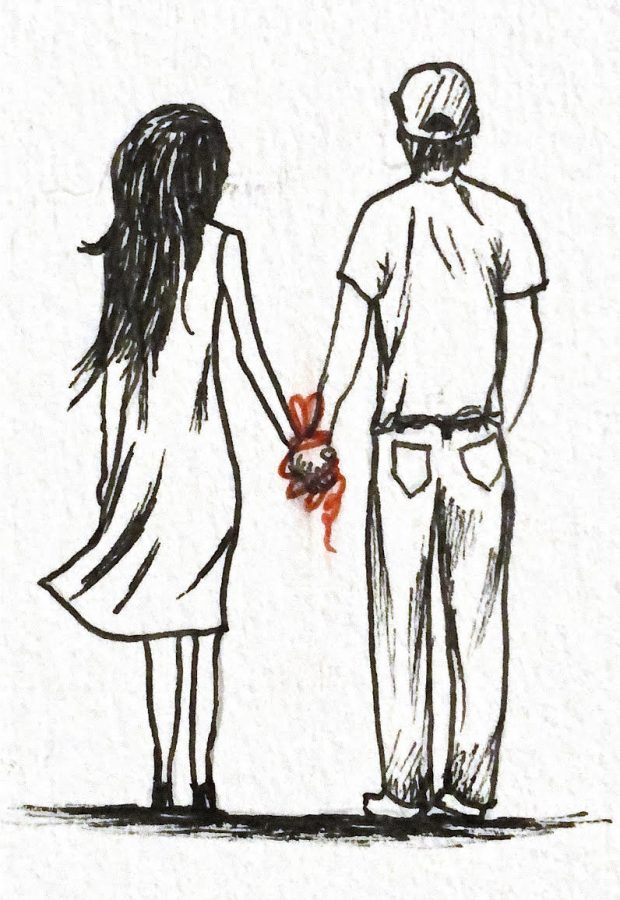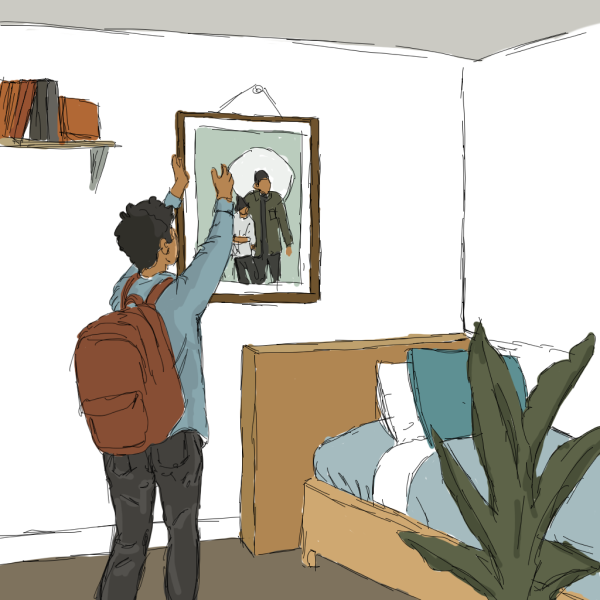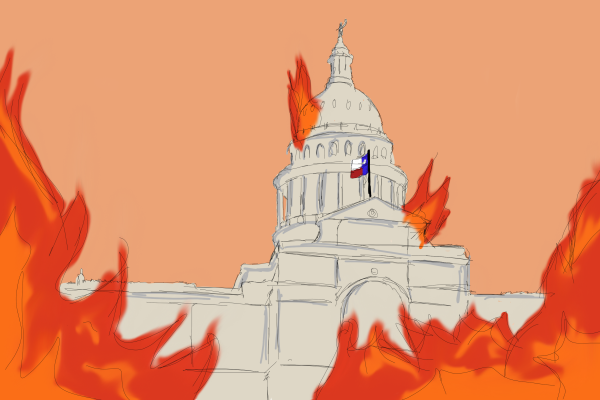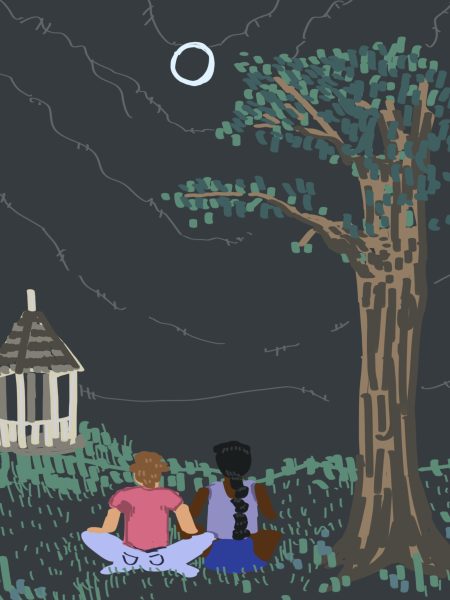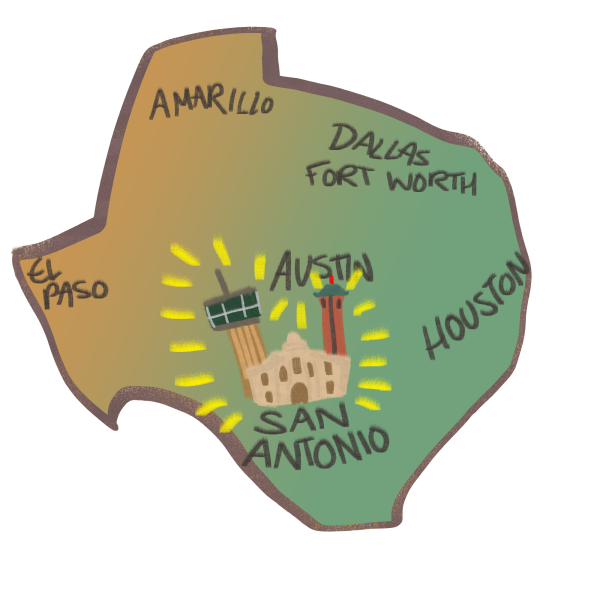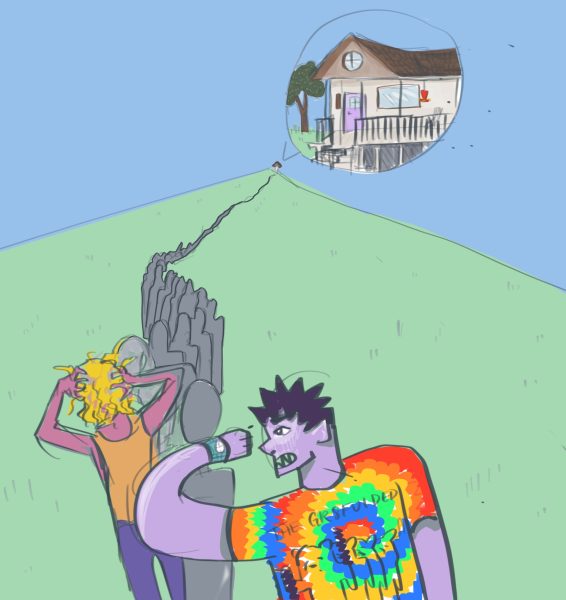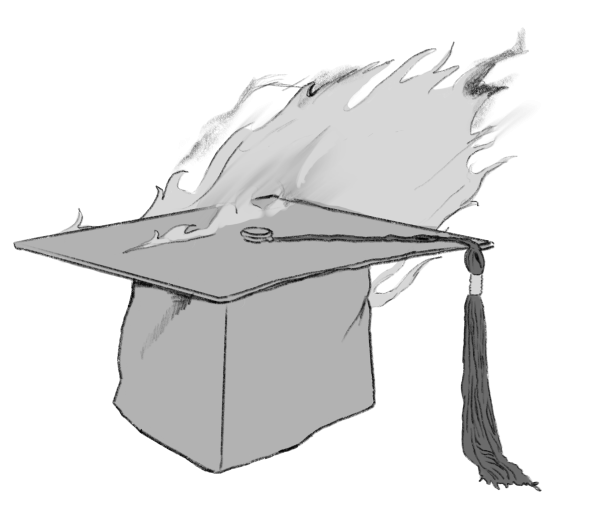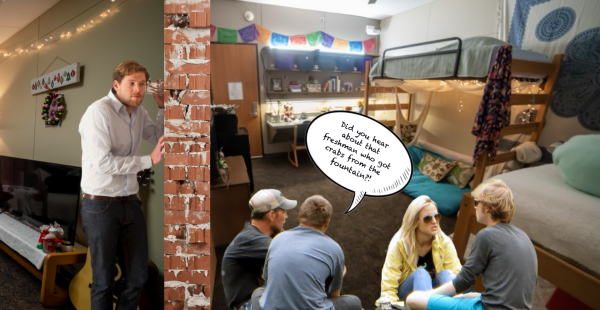The reality behind cuffing season
Highs and lows of trends in love
Well, it’s that time of year again — the temperature’s finally starting to drop, the days are getting shorter and darker and the end of the semester is in sight. For some people, this shift to the winter months also marks the beginning of “cuffing season,” a phenomenon in which single individuals couple up to spend the colder months of the year with a partner. You’ve probably heard of it before, but you may wonder how the trend came to be, or if it’s even accurate. More importantly, are the relationships produced by cuffing season healthy in the long term?
Cuffing season entails “handcuffing” yourself to a partner for the duration of the fall and winter, typically out of either supposed necessity or social conformity. Many connotations of cuffing season are a bit negative, especially with the notion that the relationships produced by it tend not to last very long. I think a lot of people write cuffing season off as another trend involving peoples’ love lives (which it most definitely is), but there’s a lot driving the phenomenon behind the scenes that are worth looking into.
To fully understand why the idea of cuffing season has become so socially ingrained in recent years, we need to realize that it capitalizes on a general obsession with dating and finding love. There are a lot of preconceived notions out there regarding the relationship between personal fulfillment and being in love: you can’t be truly happy unless you have someone to hold you close; successful careers can’t compare to being married; you just haven’t found the “right” person yet. Yada yada yada. Obviously, we should know that love isn’t a necessity for happiness, but it’s nice to have it regardless.
However, society expects us to be actively exploring romantic relationships in the greater pursuit of happiness. So to some extent, we expect each other to be doing this as well. On top of that, the winter months are absolutely jam-packed with social gatherings to celebrate different holidays, meaning there are plenty of opportunities to see family and friends and for them to ask after your love life. This builds pressure to meet both the expectations of society and those of your loved ones. As a result, the timing of cuffing season could be a response to appeal to these expectations.
The winter months are also marked by colder weather and less daylight, and this combination can often negatively affect mental health through conditions like seasonal affective disorder or increased feelings of loneliness. The trends of cuffing season are likely a method to counteract that: by coupling up with a person, the effects of the changing seasons may become more manageable.
This presents a bit of a problem — relationships don’t solve existing problems for an individual. In fact, they bring their own complexities to the table that may exacerbate underlying personal issues. Essentially, forcing a relationship between you and another person just to ward off societal expectations and/or mental strain isn’t healthy. Romantic or not, relationships shouldn’t be built on the back of social trends. During this time, you and your partners deserve more than a shallow attempt at appealing to external pressures. Do what feels right to you, not what you think others would want for you.
Cuffing season remains a fun little tendency that occurs as a result of a myriad of different forces, yet this doesn’t mean it’s a sensation we need to be replicating just for the sake of it. Relationships aren’t things to be taken lightly or easily cast away, nor are your own feelings. Account for your own desires as we begin cuffing season this year, and you might just be surprised about where you find yourself at the end.

My name is Ava Peinhardt (she/her), and I'm the Opinions Editor for the Trinitonian. I'm a senior from Plano, TX majoring in Environmental Studies with...

